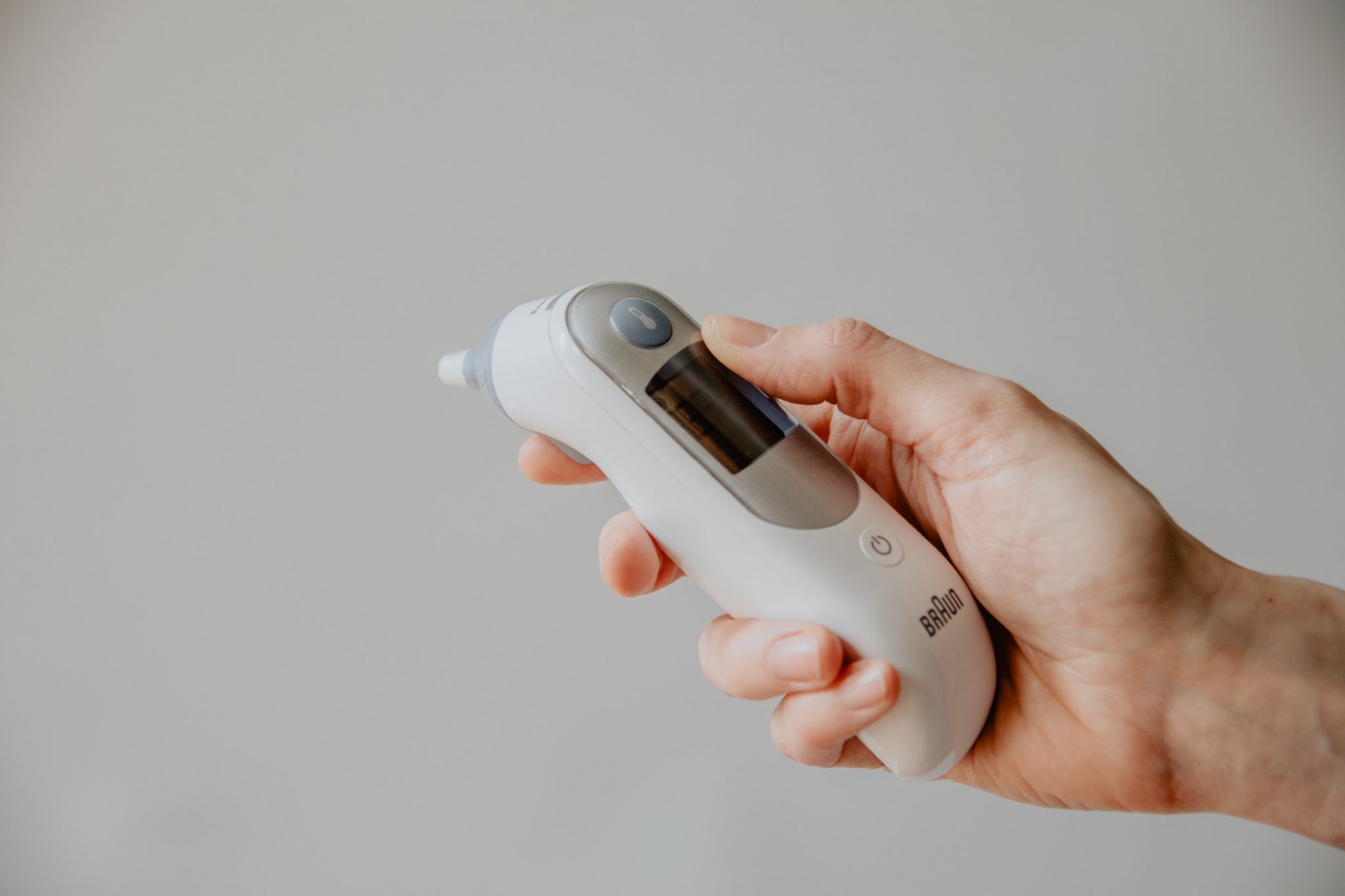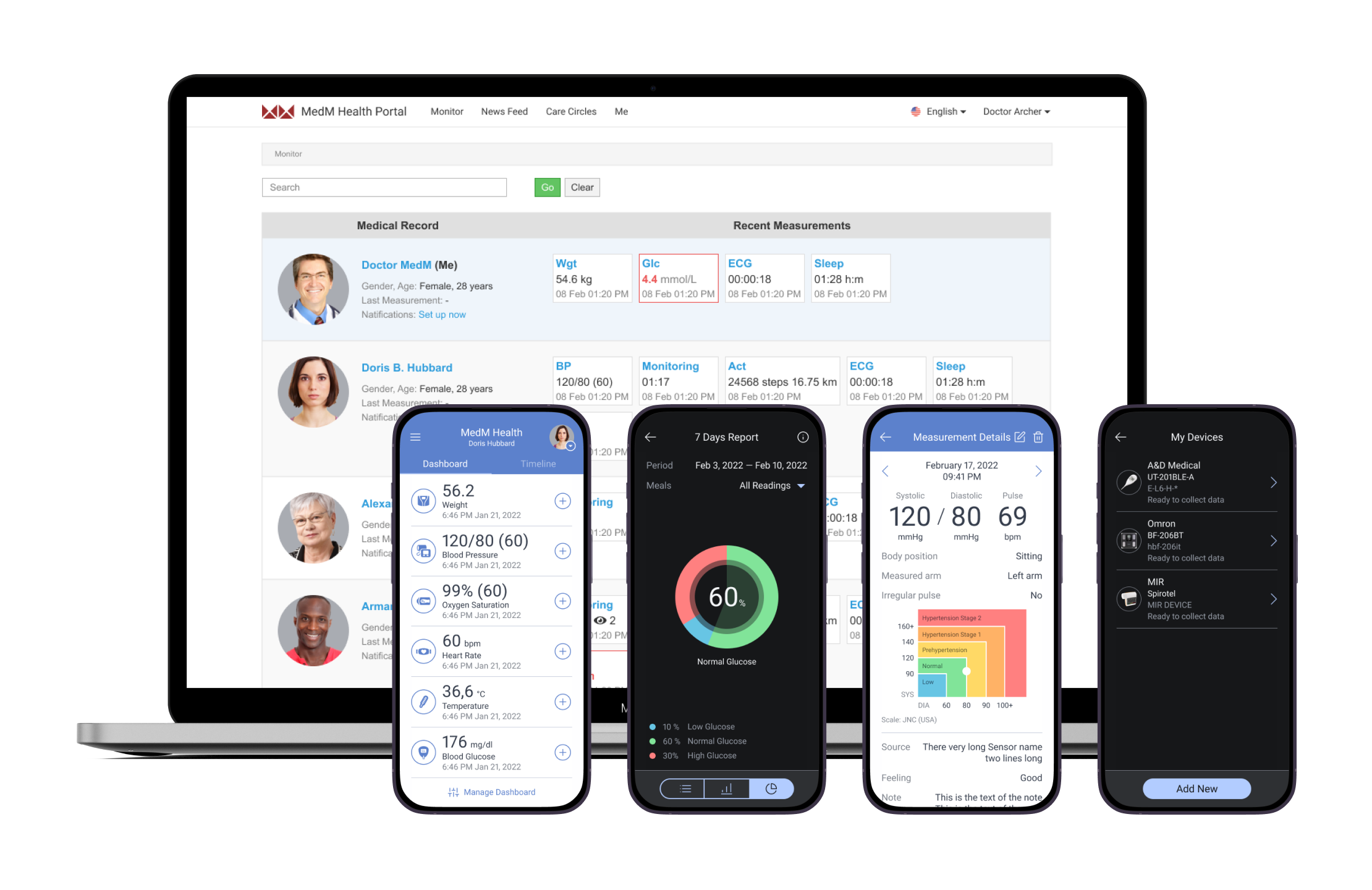The Future of Healthcare: Remote Person Keeping Track Of Streamlined
As medical care continues to evolve, one location that holds enormous assurance is remote client tracking. The concept of streamlining this procedure through technical innovations is reshaping the method treatment is delivered and gotten. With an emphasis on improving patient outcomes and streamlining medical care delivery, remote monitoring is poised to change the market. By exploring the advantages, technological innovations, and future trends in this area, we can gain beneficial understandings right into the transformative capacity of remote person surveillance.
Advantages of Remote Individual Surveillance
Remote person tracking presents a wide variety of advantages for both medical care service providers and people alike. One substantial benefit is the capacity to constantly keep an eye on individuals' important indicators and wellness information from another location. This real-time monitoring allows doctor to discover any kind of worrying patterns or changes immediately, bring about very early interventions and potentially stopping medical emergencies. In addition, remote patient surveillance enhances the overall high quality of treatment by offering an extra holistic and detailed view of patients' health condition past conventional in-person sees.
Moreover, remote individual tracking can bring about enhanced person outcomes and satisfaction. Patients can appreciate the comfort of obtaining treatment in the convenience of their very own homes while still recognizing that their health is being carefully kept track of. This can cause increased client interaction and adherence to treatment plans, eventually resulting in better wellness results. Furthermore, remote surveillance can lower the demand for constant medical facility sees, lowering medical care prices for both providers and individuals. In general, the advantages of remote patient surveillance are clear, making it a valuable device in modern health care delivery.
Technology Driving Remote Monitoring
In the realm of contemporary health care, technological improvements play a pivotal function in driving the advancement and efficiency of remote client monitoring. The integration of innovative technologies such as wearable tools, mobile applications, and cloud-based platforms has transformed the means doctor from another location handle and keep track of client health and wellness - best remote patient monitoring software. These modern technologies enable continuous real-time monitoring of important indicators, medication adherence, and other crucial health data, enabling for prompt treatments and individualized treatment plans
One key innovation driving remote surveillance is the Internet of Things (IoT), which enables smooth connection between clinical gadgets and medical care systems. IoT gadgets such as smartwatches and cordless sensing units gather and transfer individual information to central systems, promoting remote monitoring from throughout the world. Expert system (AI) and artificial intelligence algorithms additionally enhance remote tracking by assessing large quantities of client information to detect patterns, forecast wellness fads, and alert health care companies to possible problems.
Influence on Healthcare Shipment
With the combination of advanced innovations driving remote person surveillance, the influence on medical care delivery is becoming progressively profound and transformative. Remote patient monitoring allows health care companies to offer more proactive and customized like individuals, bring about improved health outcomes and reduced medical facility admissions. By remotely tracking vital indications, signs and symptoms, and medication adherence, health care professionals can intervene early, stopping difficulties and enhancing the general high quality of care.
Additionally, remote tracking enhances access to health care services, particularly for individuals in underserved or rural areas. Individuals can receive continuous tracking and support from their homes, removing the demand for regular in-person check outs. This not only conserves time and lowers costs for both patients and health care facilities but additionally reduces the threat of exposure to contagious diseases, a crucial factor to consider in the existing medical care landscape.
Furthermore, remote individual surveillance allows healthcare companies to far better allocate resources and focus on care based on real-time information. By recognizing high-risk patients and intervening without delay, healthcare distribution ends up being much more effective and effective, ultimately resulting in a much more lasting and patient-centered healthcare system.
Improving Client Outcomes

Furthermore, RPM allows for aggressive monitoring of chronic problems, reducing the probability of acute exacerbations and healthcare facility readmissions. Individuals benefit from raised ease and convenience, as they can obtain treatment in their own homes while staying attached to their doctor. This constant surveillance not only boosts individual satisfaction yet also cultivates a sense of empowerment and interaction in their very own wellness administration.
Future Trends in Remote Monitoring
Embracing advanced technologies in remote individual surveillance is forming the future landscape of medical care shipment. The future patterns in remote surveillance are anticipated to change the way health care is offered, making it extra effective and patient-centric. One substantial fad is the enhanced usage of wearable devices and sensors to collect real-time data, making it possible for healthcare companies to check clients continuously without the requirement for frequent in-person visits. These gadgets can track important signs, drug adherence, and activity degrees, giving an extensive view of the client's wellness status.

Furthermore, telehealth systems are becoming more sophisticated, permitting online assessments, remote medical diagnosis, and remote client keeping an eye on all in one integrated system (software for remote patient monitoring). This alternative approach to remote surveillance is streamlining healthcare delivery, boosting client contentment, and eventually, enhancing general quality of treatment
Final Thought
In conclusion, remote individual monitoring uses countless advantages in health care shipment, driven by advancements in modern technology. It has the possible to boost person outcomes and reinvent the way healthcare is delivered. Future trends in remote tracking will remain to form the landscape of medical care, supplying possibilities for more personalized and reliable person care.
Remote patient monitoring provides a wide variety of benefits for both health care suppliers and patients alike. Furthermore, remote person surveillance boosts the total top quality of care by supplying a more all natural and comprehensive view of patients' health and wellness standing past Find Out More standard in-person check outs.
Moreover, remote person monitoring can lead to better client outcomes and complete satisfaction. Remote person surveillance allows health care providers to use even more personalized and aggressive care to patients, leading to enhanced wellness outcomes and decreased health center admissions. Remote client monitoring (RPM) plays find out a substantial role in enhancing person results by offering continual, real-time data that makes it possible for medical care companies to intervene immediately and adjust treatment strategies as needed.